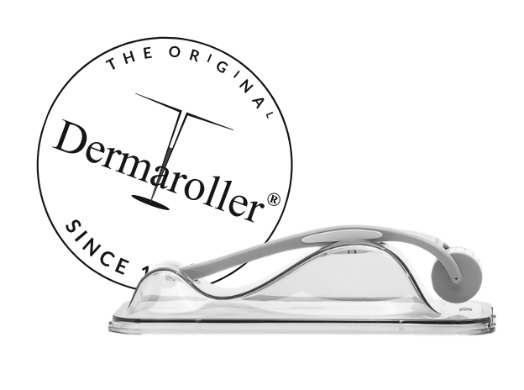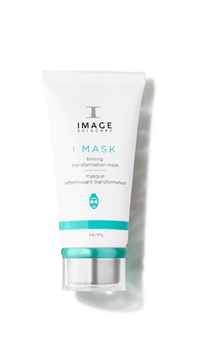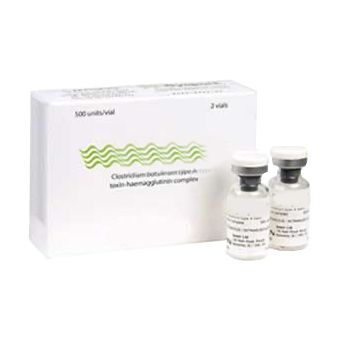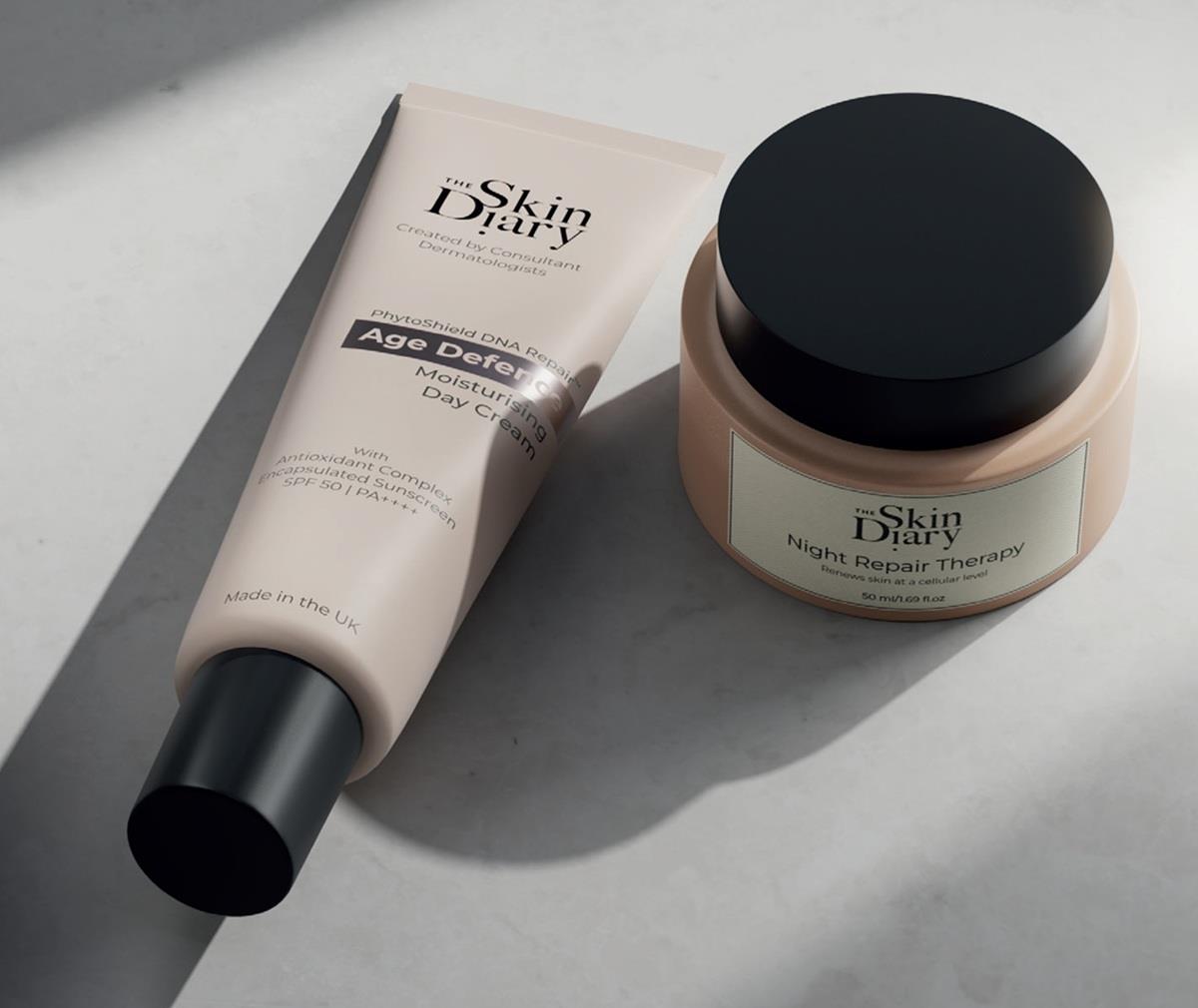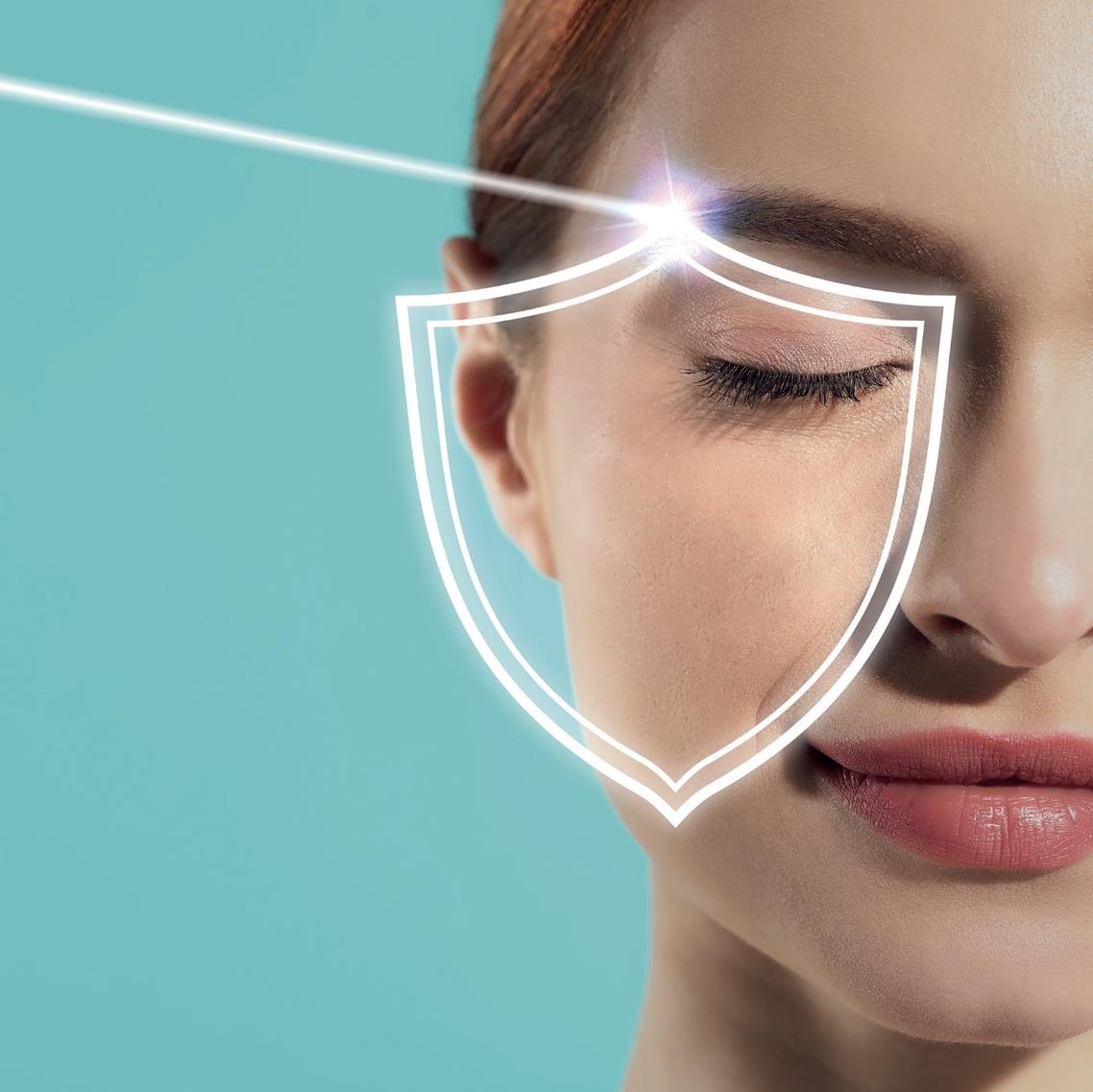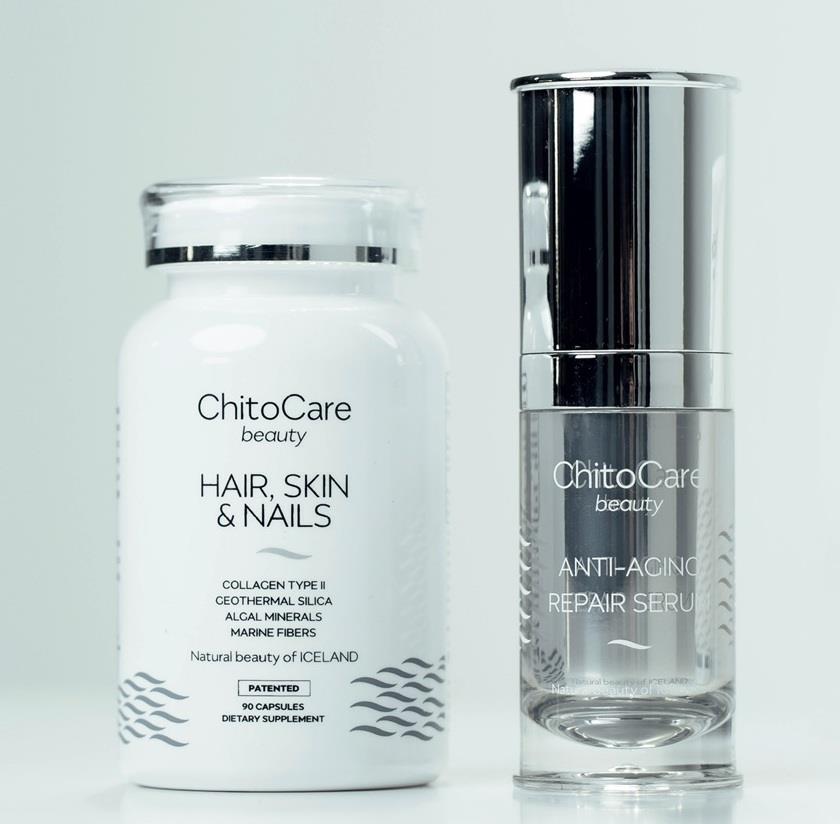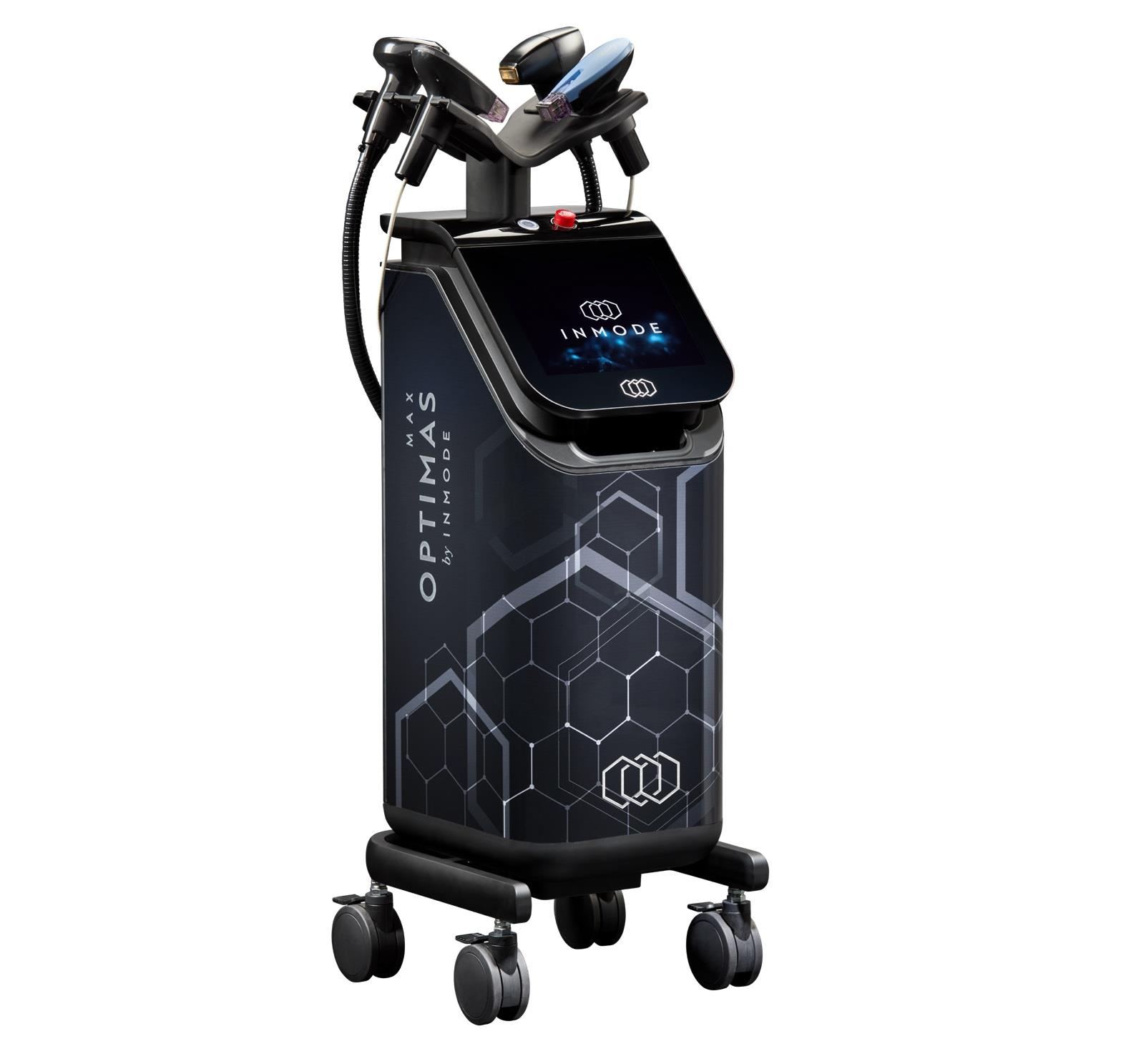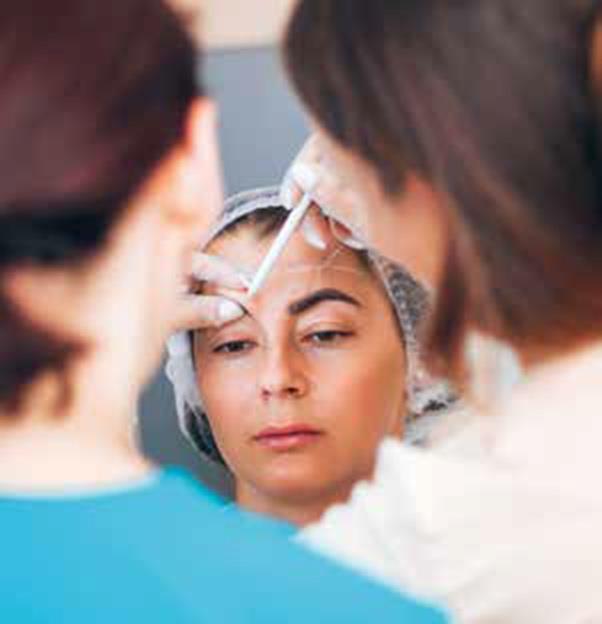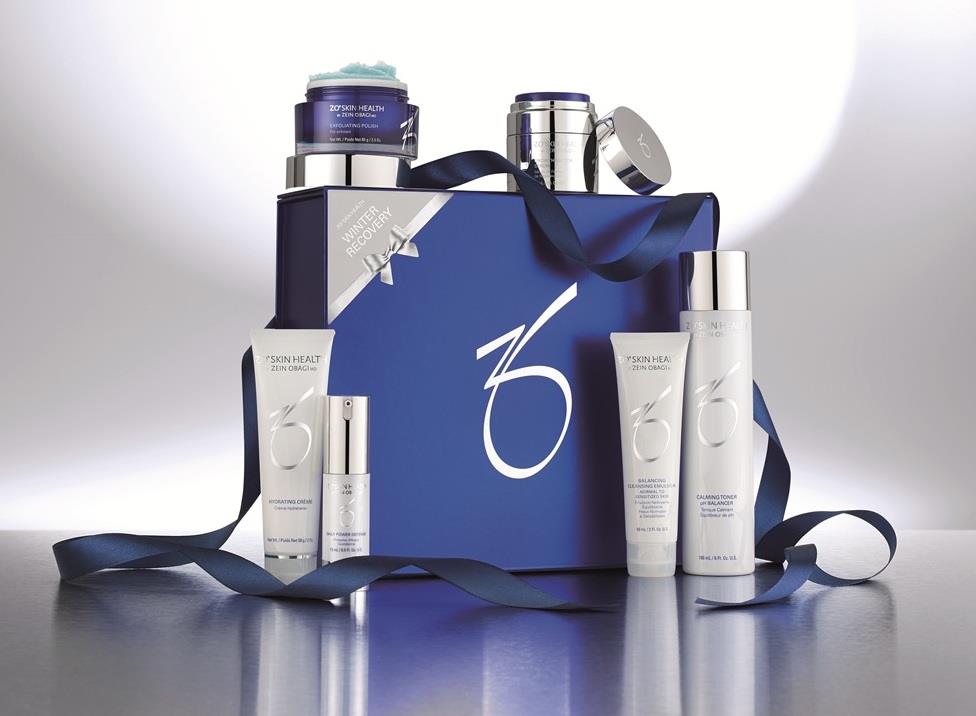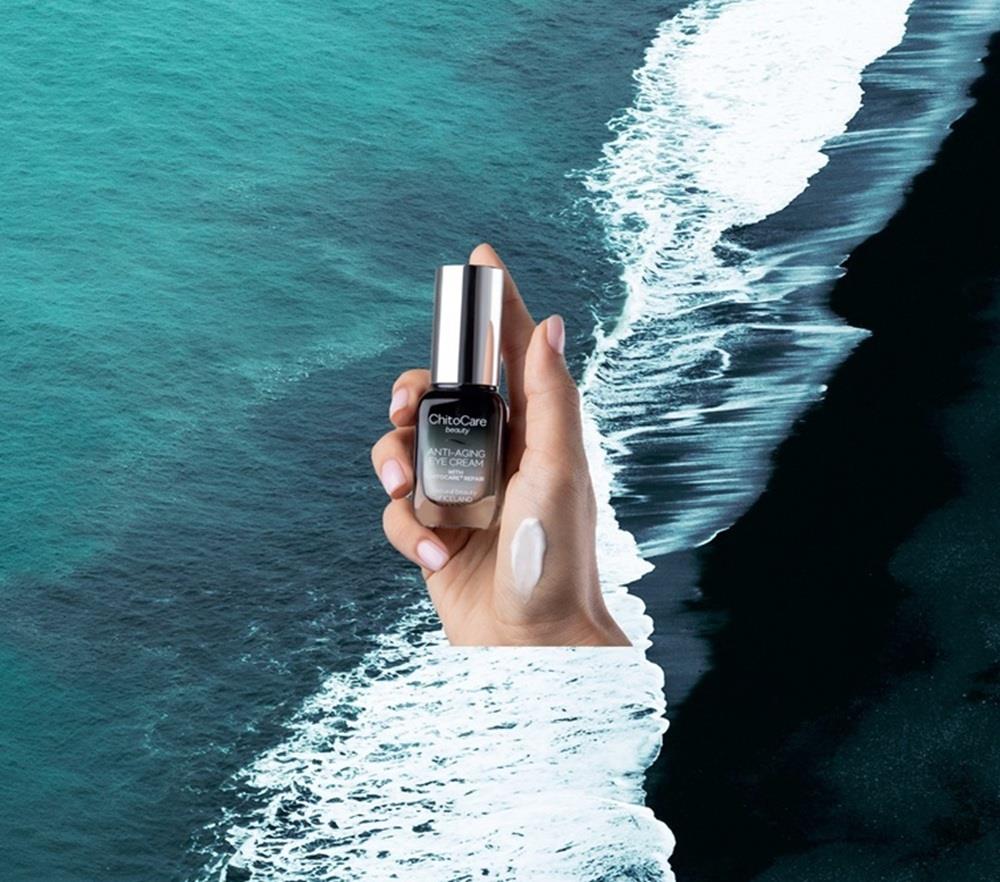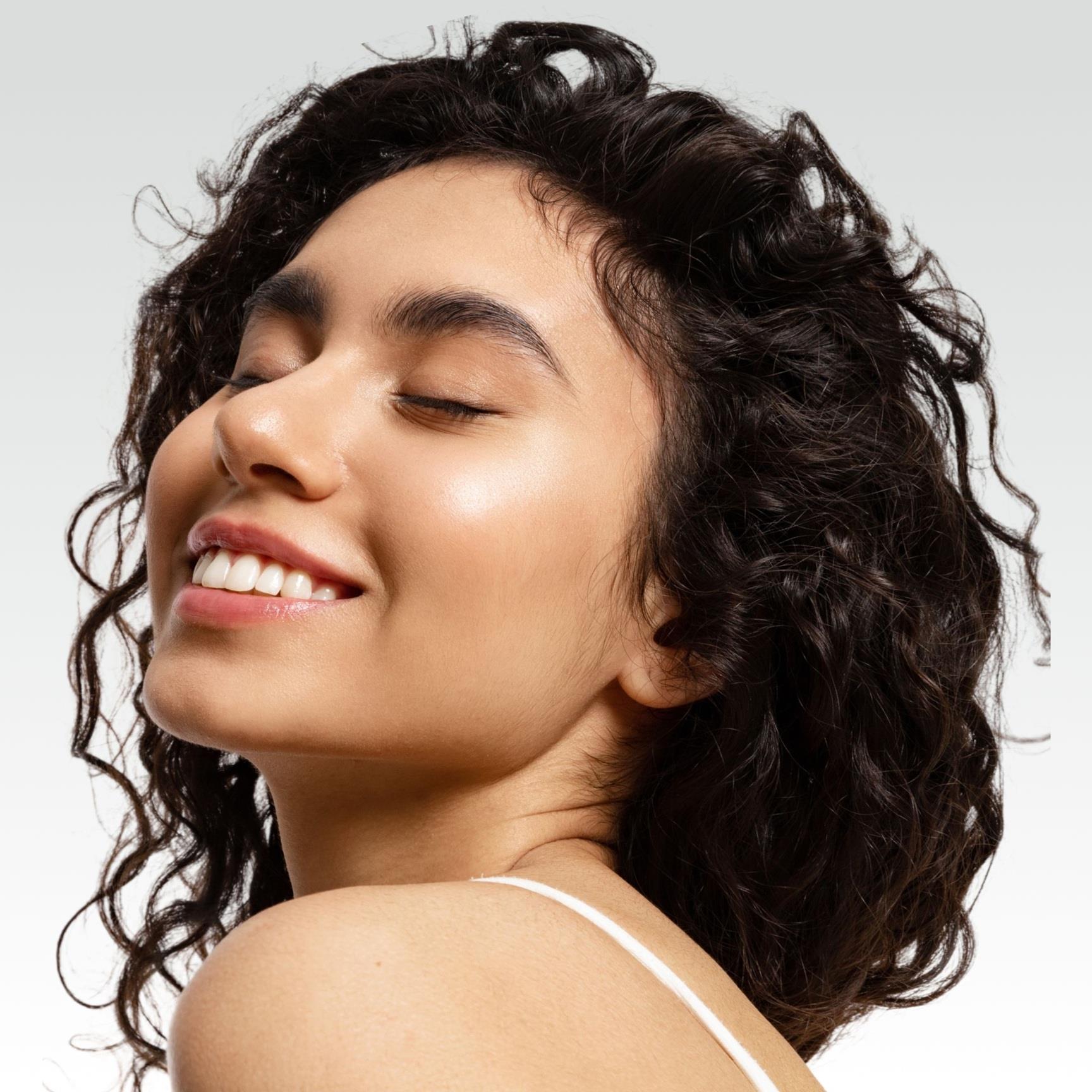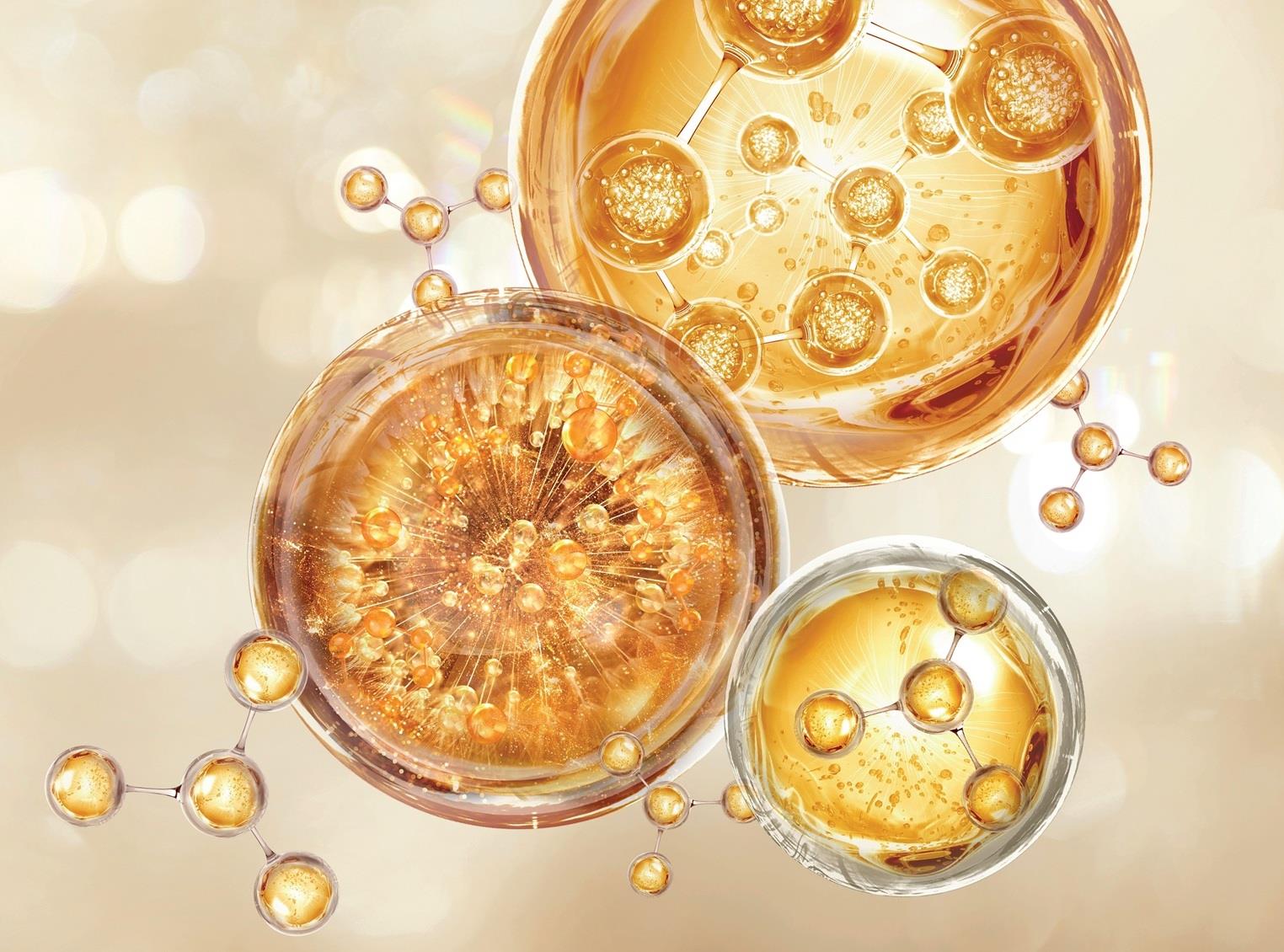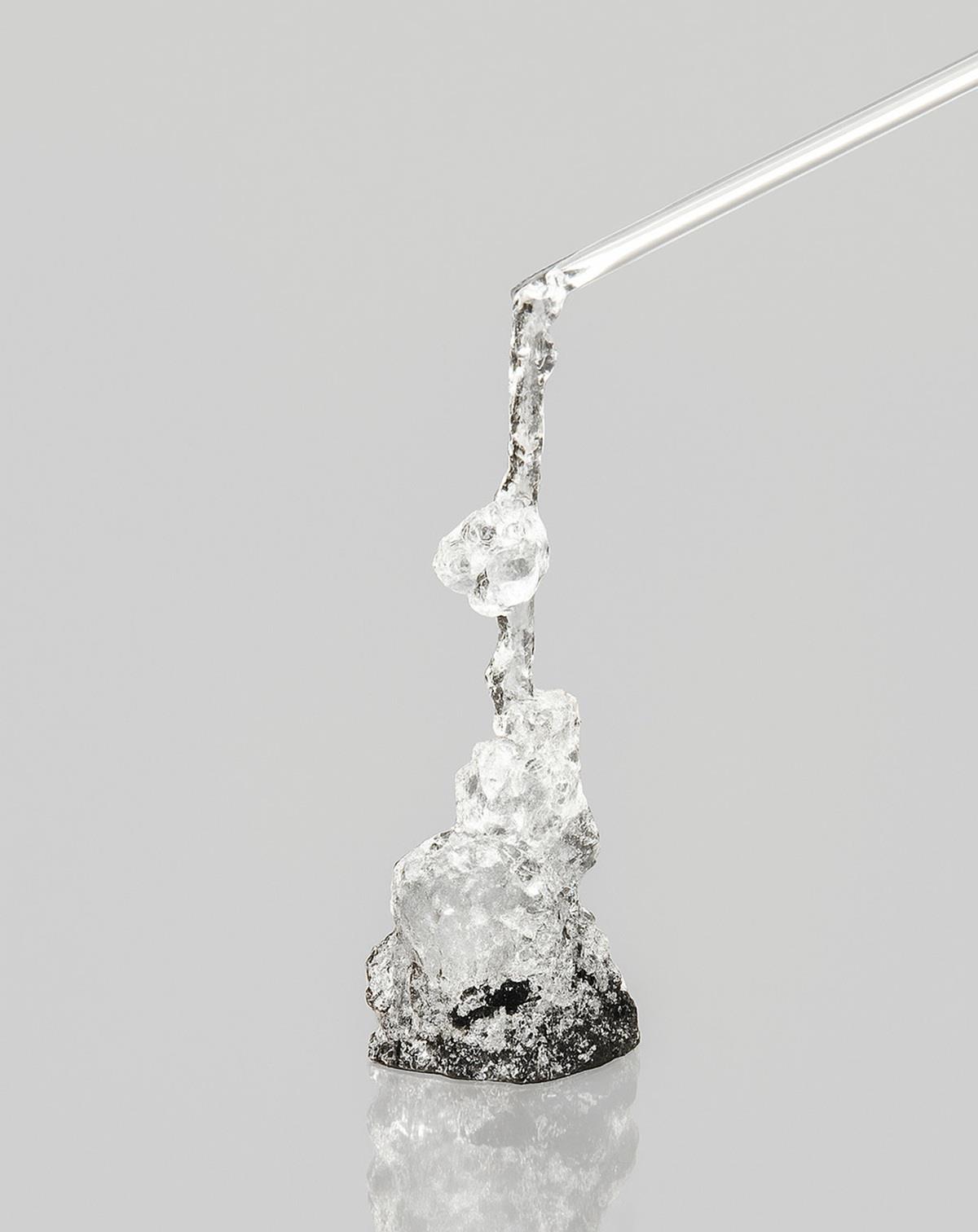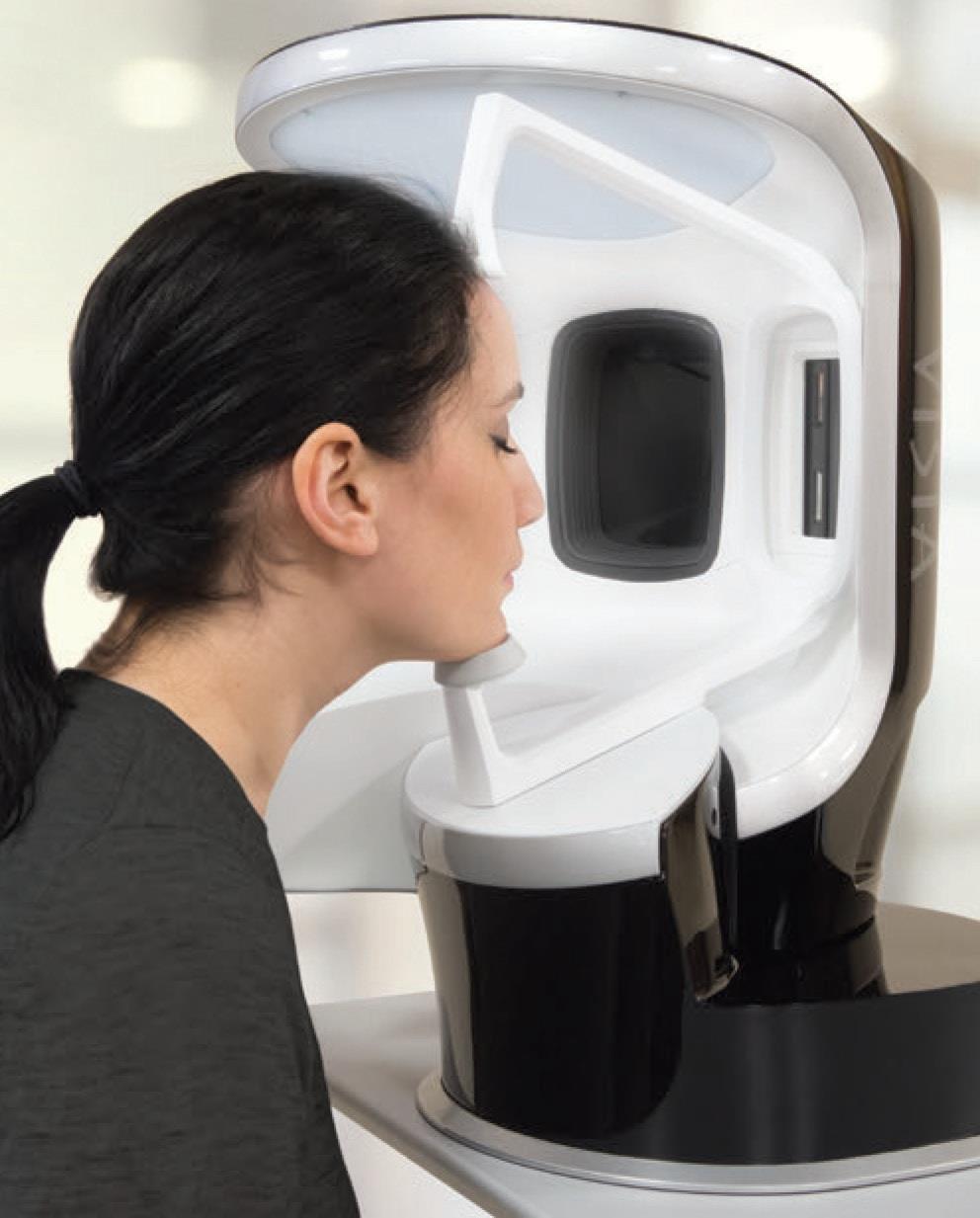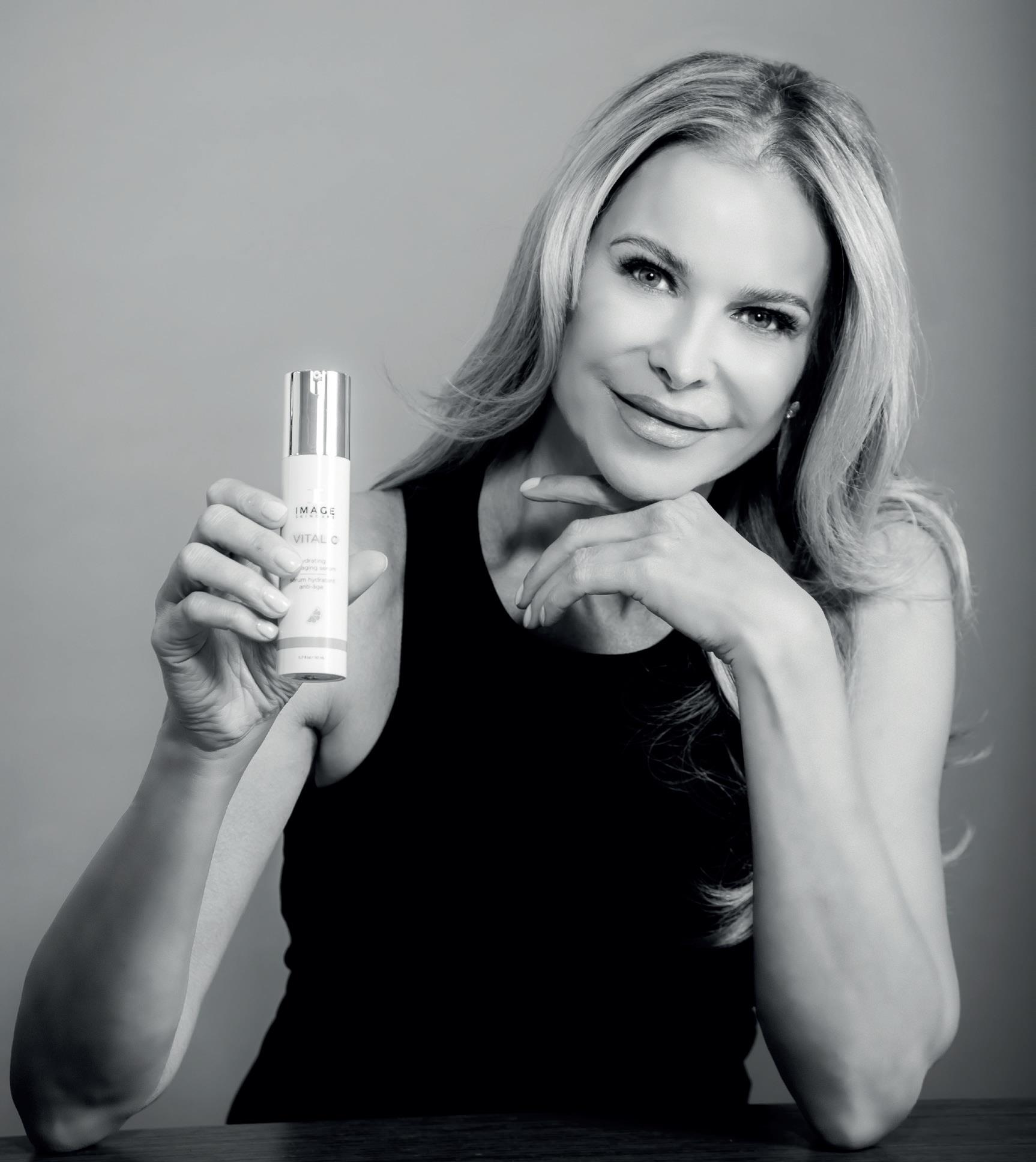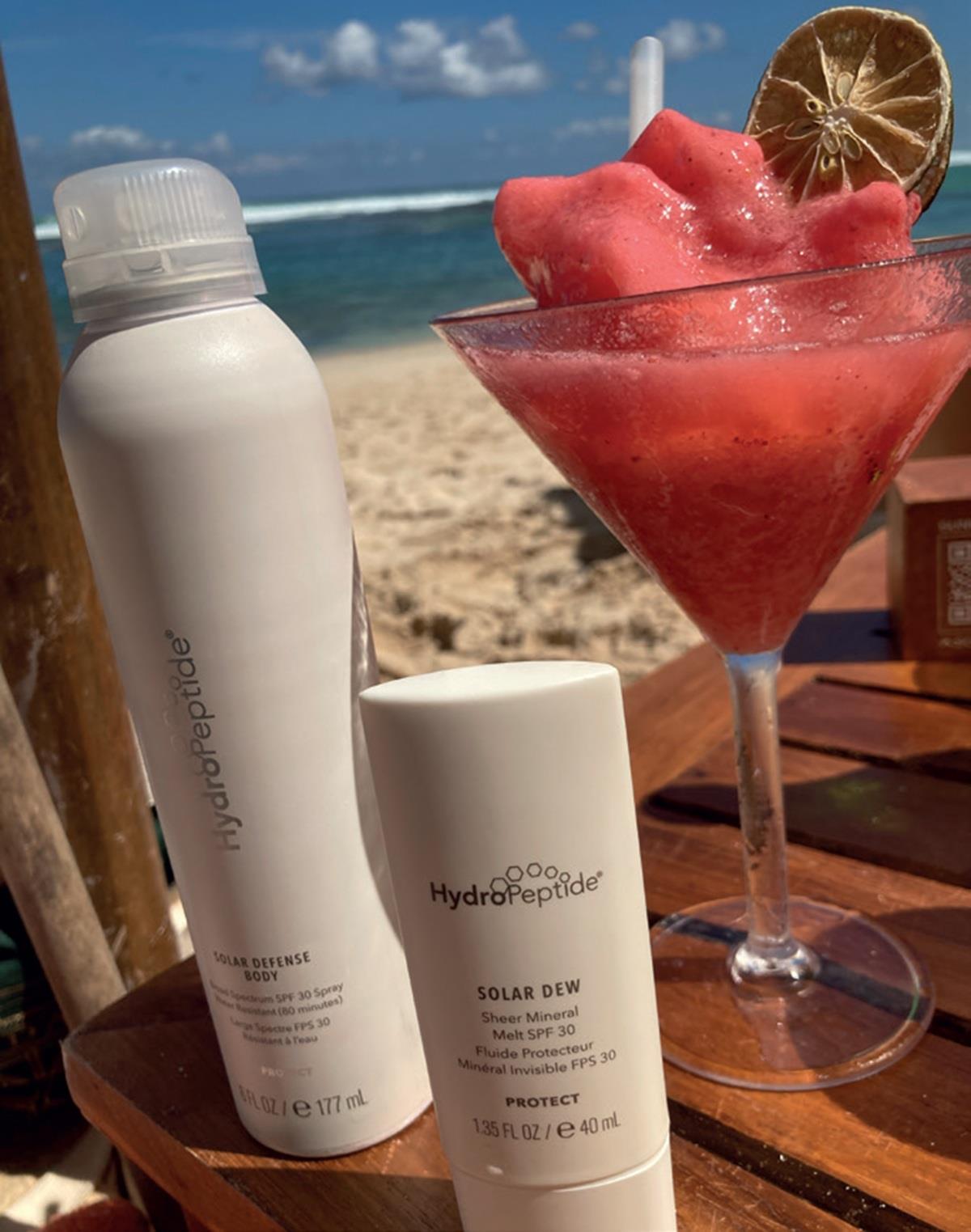 What is microneedling?
What is microneedling?Also called collagen induction therapy, microneedling is a minimally invasive treatment that uses various needle lengths to cause controlled trauma to the epidermis of the skin—triggering the body’s natural repair and healing processes. Topical actives can also be introduced to the puncture channels to help boost collagen, elastin, glycosaminoglycans and proteoglycans to further help revitalise skin tissue.
Is microneedling suitable for all skin tones and types?
I’ve been performing this type of treatment for almost 20 years, and I have seen the positive impact it has on skin across the Fitzpatrick scale. It offers huge benefits with very few side effects making it the ideal rejuvenating treatment for everyone. However, when it comes to scaring types, keloid scars should not be treated with microneedling as this type of scar has the ability to grow when faced with trauma.
What types of conditions benefit the most form medical microneedling?
Cosmetic microneedling is a depth of 0.3mm or less while medical microneedling is when needles above this length are used. There are a whole host of conditions that can be effectively improved by medical microneedling, think scaring from acne, trauma and injury as well as burns, stretch marks, vitiligo, pigmentary disorders, and basal cell carcinoma removal scars.

How does microneedling help with these conditions?
Collagen helps plump up scars and stretchmarks making them less pronounced and leaving a smoother look to the skin. While the deep scar tissue that’s commonly associated with burn scars can impact mobility. Scar treatments using longer needles offer a smoothing of the skin after a few sessions and this helps relieve tightness to increase mobility. While for pigmentary disorders the repair process breaks down melanin clumps and replaces old skin cells with healthy new ones that are more even in tone.
How do you select the needle size for each concern?
On areas of thin skin, 0.5mm works well for mild scaring. 1mm is best used on mild scaring in all other areas for improvement of skin tone and texture. 1.5mm is usually ideal for stretch marks, surgical scars, cellulite, deep acne scars and pigmentation. Finally,2.5mm is ideal for burn scars.
Why do you choose to use Dermaroller in your practice?
They are an award-winning brand you can trust, and with over two decades of manufactory under their belt they know what they are doing. Both their manual and electrical microneedling devices deliver impressive results.
What makes the new Dermaroller XCellaris PRO TWIST stand out?
The XCellaris PRO Twist is equipped with the most powerful handpiece on the market which allows for minimal treatment time and optimal results. It has an adjustable penetration depth from 0.25-2.5mm meaning it can treat all concerns from wrinkles and acne scaring to burn scars—making it a one-stop-shop device allowing you treat a range of patient concerns.
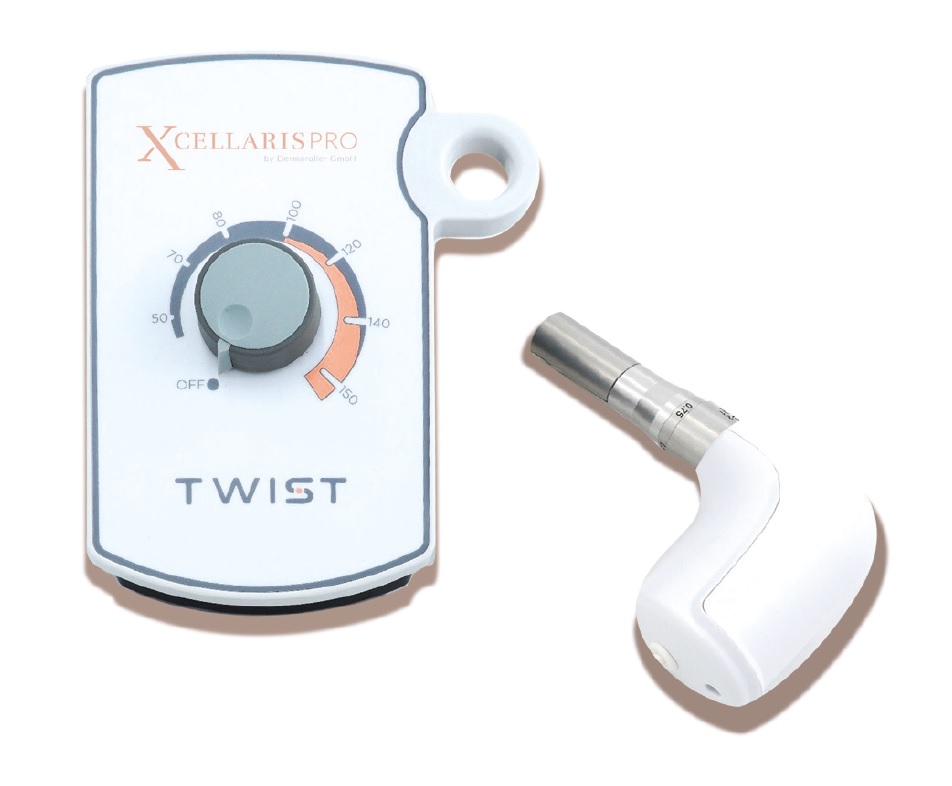
Plus, the high stroke frequency: 150 insertions per second, enables a quick treatment without scarring or tearing the skin. Not to mention the medical grade needles used in the cartridge ensure atraumatic penetration and minimise the pain sensation making topical anesthetic unnecessary. The PRO TWIST is also easy to use, and easy to clean.

Dr Klaus Fritz is the Founder and Medical Director of Hautärzteund Laserzentrum Landau, as well as Associate University Professor of medicine and pharmacy at Carol Davila. He is Vice and Past President of the German Academy of Dermatology and is editor and author of numerous peer reviewed publications and textbooks. Dr Fritz is President and Organiser of several national and international events, including the 5 Continent Congress, DERM Frankenthal and DERM Alpin.
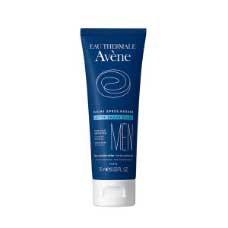
 Added to basket
Added to basket

 Unapplied Changes
Unapplied Changes


